Footsteps in the Stones
How the adventures of an archaeologist deepened his faith in God and the Bible
Listen to Chris Katulka’s interview with Randall Price about this article (begins @ 12:37).
I saw Israel for the first time when I moved my family to Jerusalem in 1979 to study at the Hebrew University of Jerusalem. Even though I had a master’s degree in biblical studies, I learned quickly I was not prepared to live in the world of the Bible.
THE BEST OF ZVI
Get to know one of FOI’s most beloved workers through his personal stories in The Best of Zvi by Zvi Kalisher.
Our first apartment was in East Talpiot in the same building as The Friends of Israel’s late and much-loved worker Zvi Kalisher and his family. In those days, the area lay on the outskirts of the city, next to Arab houses. On my first morning in Jerusalem, after being awakened at dawn by the Muslim call to prayer, I walked down the dirt road behind the apartments and watched an Arab family butcher a goat. I quickly realized, to borrow a line from The Wizard of Oz, “We’re not in Kansas anymore!
That day was the first in a series of days in which the “newness” of the ancient world started to change my old understanding of the Bible. I came to realize I had embraced popular misconceptions and had an unrealistic view of life in the Middle East. I came to understand that geography, environmental conditions, and even social customs had not changed drastically since ancient times; and as a result of walking daily in the footsteps of the patriarchs, prophets, Jesus, and the apostles, I began to think seriously about what it meant to live—and exercise faith—in this context.
Before the Israeli government returned the Sinai to Egypt,1 I retraced Moses’ footsteps with other believers. Several days into our wilderness experience, we got lost and for the next several days wandered around (this was before cell phones), worrying about our lives. Since then, I have never judged the Israelites for complaining to Moses in this desert because we reacted to our situation and leader in the same way.
One of the courses I took at Hebrew University was in archaeology. Our classroom was the world of the Bible, and every class was a field trip. As I visited ancient sites and connected them to historical events and biblical truths, my faith began to grow in unexpected ways. I came to terms with the heroes of Hebrews 11, including Abraham, Isaac, and Jacob, who lived by faith as aliens in the Land of Promise, dwelling in tents.Moses by faith chose to suffer hardship with the people of God and passed through the Red Sea with them, fleeing Egypt. Joshua by faith captured the city of Jericho. Through faith Gideon, Barak, Samson, Jephthah, David, Samuel, and the prophets, though weak, were made strong.
Others were tortured, mocked, scourged, sawn in two, afflicted, tormented, and “wandered in deserts and mountains, in dens and caves of the earth” (Heb. 11:38; cf. vv. 35–37). All these gained approval through their faith. If they lived out their faith in this world of heat and dust and long walks on difficult terrain, then my faith in my world had to be just as real.
The course in archaeology set me on a path of digging in the world of the Bible for more than 25 years. During that time I have learned to respect and appreciate God’s footprints in the stones. We live in a physical world where God knows we need tangible evidence of His truth. The purpose of archaeology is not to prove God, but to present God; not to create faith, but to cultivate it. Let me offer some examples.
In recent years, the site of Göbekli Tepe (Potbelly Hill) has gained international attention.2 In a field in the Harran Plain, where Terah and his son Abram would settle for a time (Gen 11:31; 12:1–5), excavations have uncovered rings of standing pillars (the largest are 18 feet tall and weigh 16 tons) decorated with carved wolf heads, pigs, storks, foxes, fawns, scorpions, snakes, and headless human figures. There are also stylized human figures with hands reaching toward their loincloths that may depict priests who served as guardians of the Göbekli Tepe sanctuary. This ceremonial center dates to the earliest period of human activity after the Noahic flood. It is located in the vicinity of Mount Ararat, where Noah’s ark landed and its cargo of animals was released again into the world.
The site, which contains at least 20 more rings of pillars underground, was deliberately buried by the ancients in order to preserve it. Such a level of cooperation required a hierarchical organization and suggests a patriarchal social system, and the archaeological evidence of the native lifestyle fits with Scripture’s description of the lifestyles of Noah and his descendants after the flood (9:20; 10:8–9). If this site is being properly interpreted as a ceremonial site, then it provides new evidence of the biblical account of Noah’s ark and the return of men and animals after the flood.
In another recent excavation in the Ophel, located between the Temple Mount and City of David, an impression of an ancient royal seal (a bulla) was discovered bearing the inscription in ancient Hebrew, “belonging to Hezekiah [son of] Ahaz king of Judah.”3 This is the same biblical king who reigned from 727 to 698 BC and did what was “good and right and true before the Lord his God” (2 Chr. 31:20). Hezekiah prayed for and witnessed God’s miraculous deliverance of Jerusalem from the Assyrian army (2 Ki. 18:13—19:37; 2 Chr. 32:1–23; Isa. 36:1—37:38).
Perhaps an act of Providence is revealing this past testimony of God’s power to save Jerusalem when today both site and city face their greatest challenges politically and spiritually.
These examples can be multiplied a thousandfold and are readily available in books and magazines on biblical archaeology. The psalmist said, “Truth shall spring out of the earth” (Ps. 85:11). These small snapshots of the world of the Bible have been given to us, not for the sake of curiosity, but to increase our faith. They confirm to us that God has done what He said, and therefore we can trust in His future promise to do what He says He will do. The adventure of archaeology leads us to the even greater adventure of following God in faith throughout our lives.
ENDNOTES
- Israel captured the Sinai from Egypt in 1967 and, in an unprecedented move, returned it (more than 23,000 square miles) to Egypt beginning in 1979 as part of the Israel-Egypt peace treaty, signed that year.
- Klaus Schmidt, (2010) “Göbekli Tepe – the Stone Age Sanctuaries. New results of ongoing excavations with a special focus on sculptures and high reliefs.” UDK 909.6 (560.8) “633/634”:636.01, Documenta Praehistorica XXXVII, 239-256. For a popular treatment of this site see Ben Witherington III (2013) “In the Beginning: Religion at the Dawn of Civilization” Biblical Archaeology Review (January–February): 57–60.
- “Impression of King Hezekiah’s Royal Seal Discovered in Ophel Excavations South of Temple Mount in Jerusalem,” The Hebrew University of Jerusalem, December 2, 2015 <new.huji.ac.il/en/article/28173>.
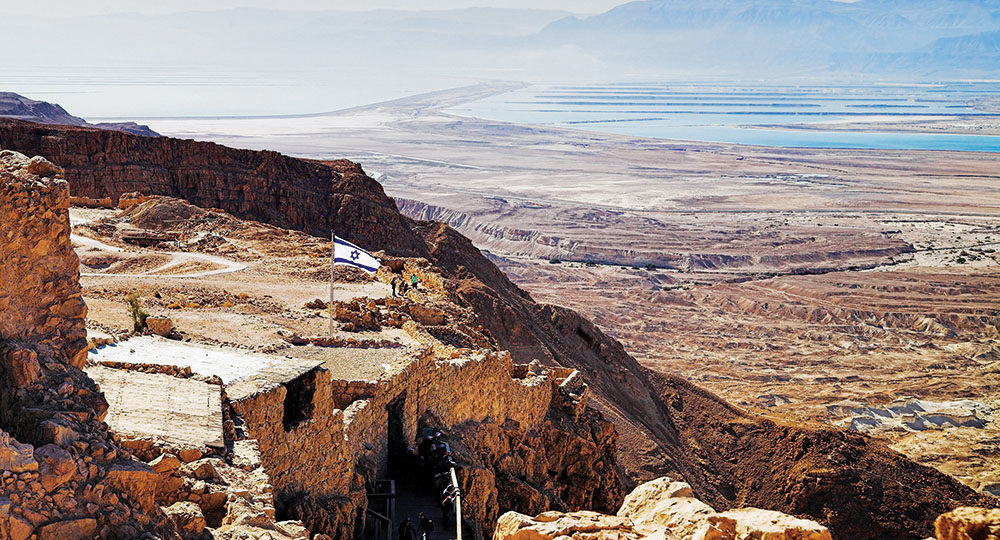

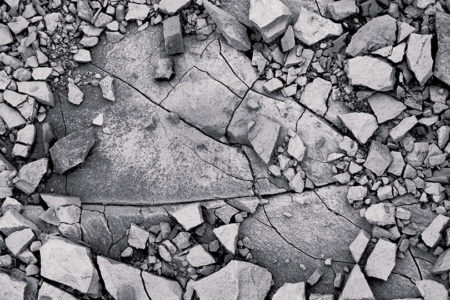
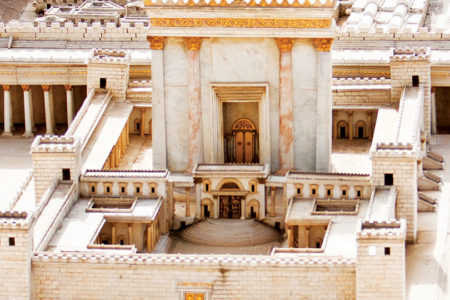
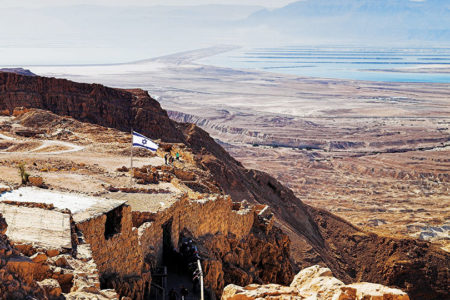
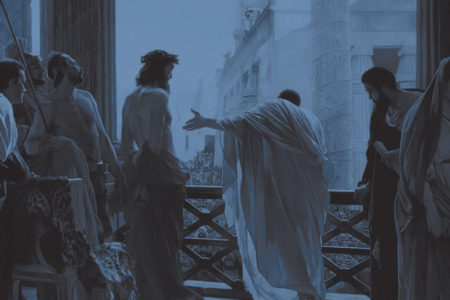


Arc haeology is to honestly prove any found evidence for supporting the historic texts. It’s not to be used for our whim or bent to prove our pre assumed thesis of biblical alignment. Israel My Glory is NOT a physical town it’s the spiritual Israel of the people of god on earth. We are his dwelling place. He does not live in temples made with hands. Any project that attempts to rebuild the temple would be for historic display, not for ceremony. We transcend ceremony now we have his Spirit. When Jesus comes back he does not need or want a temple. His government will be not of this world. We show brotherly love to the Palestinians of today. We do not reject
fellow humans based on supposed curses of the past, in Ishmael’s time, or we would reject the Jews too, as they crucified Jesus and arrogantly said “Let his blood be on our heads. ” We distinguish between types and real persons.